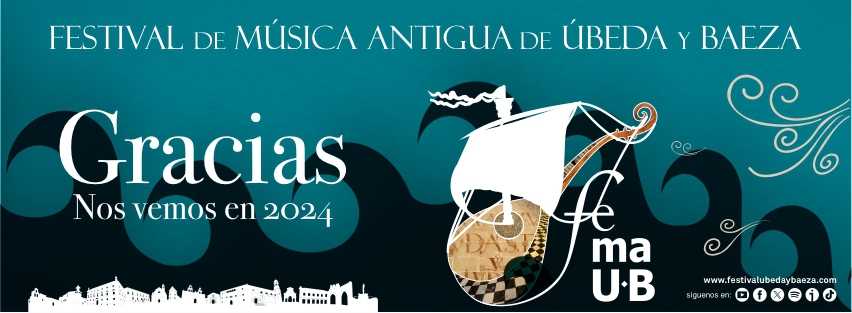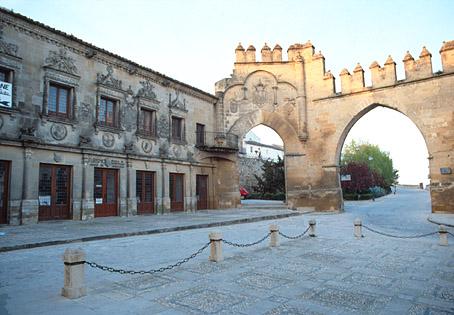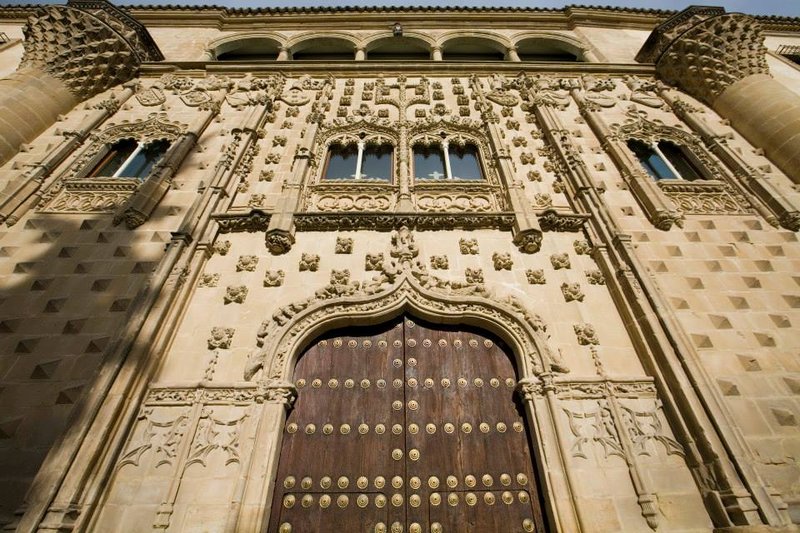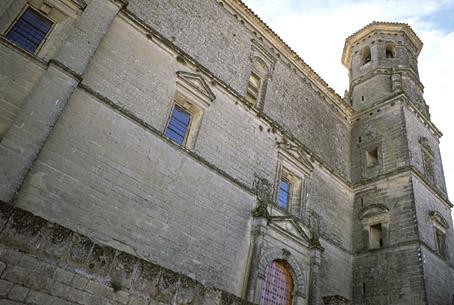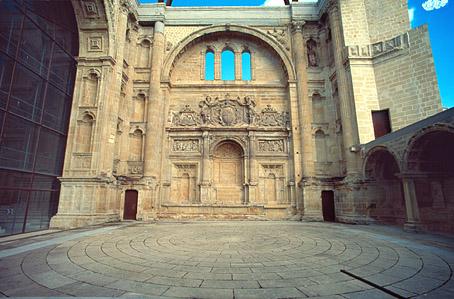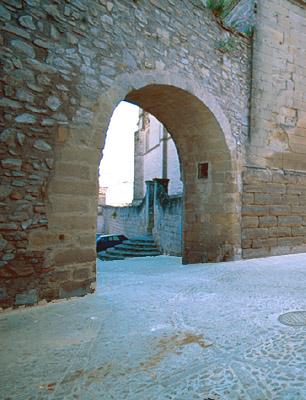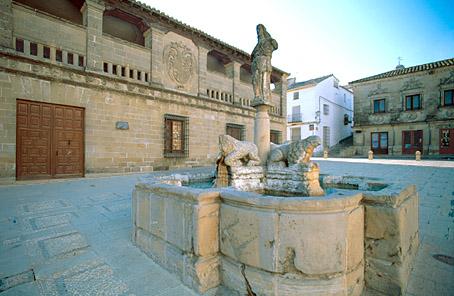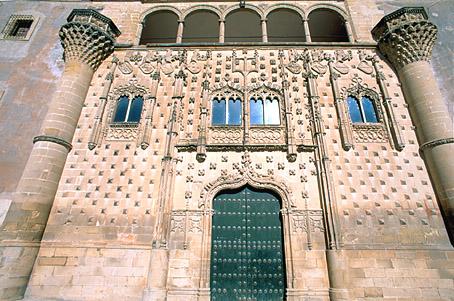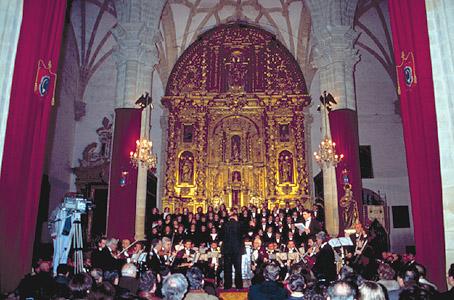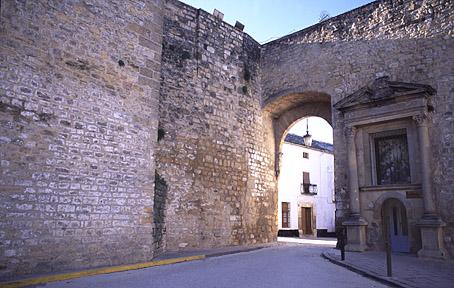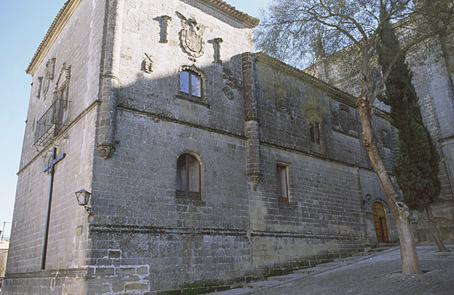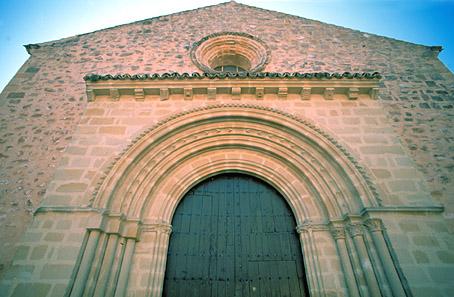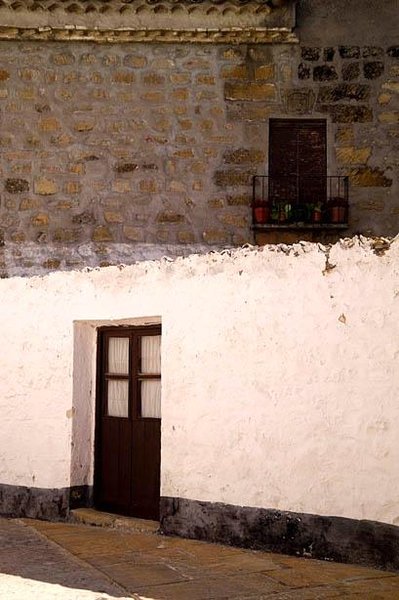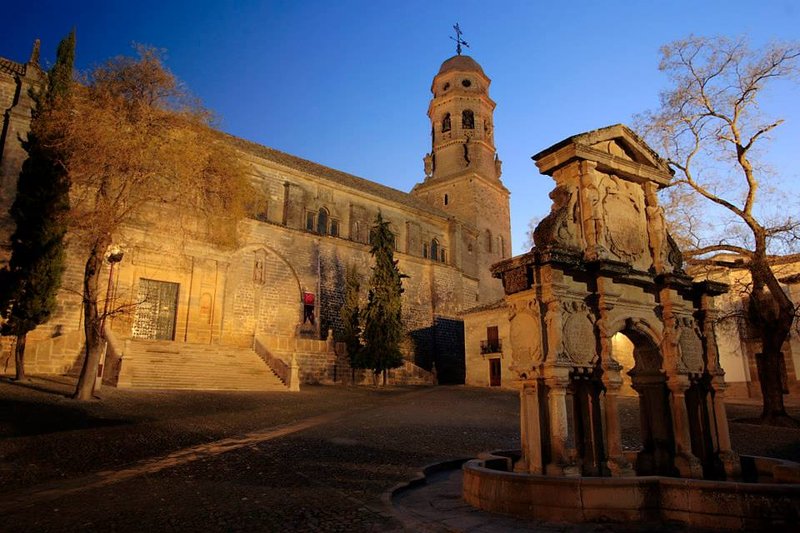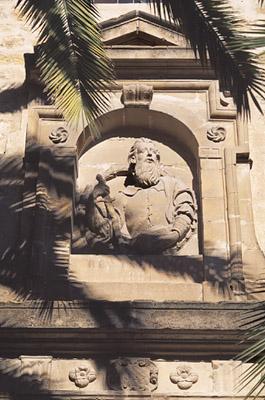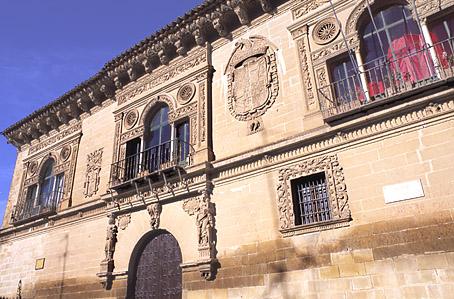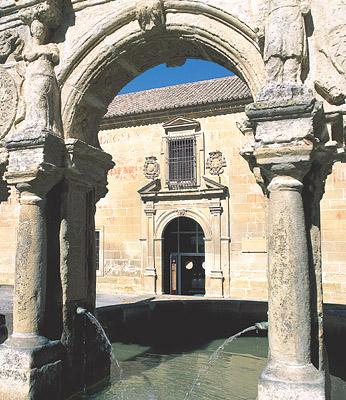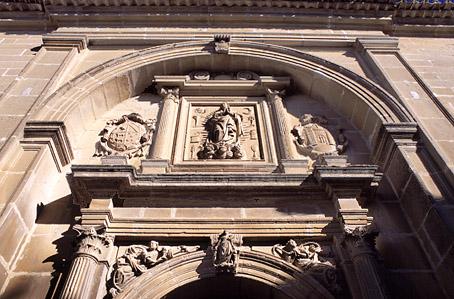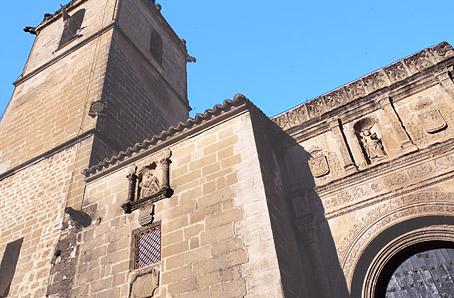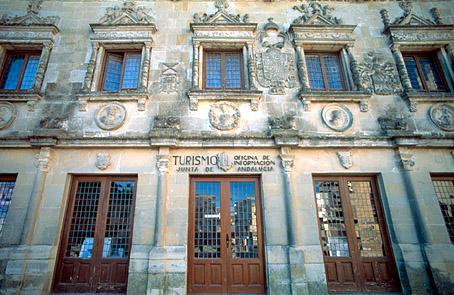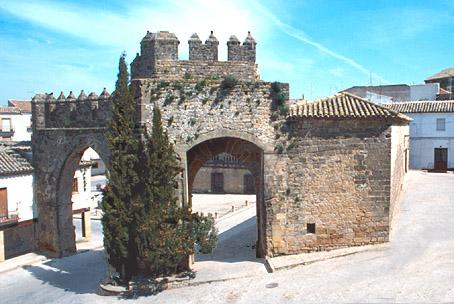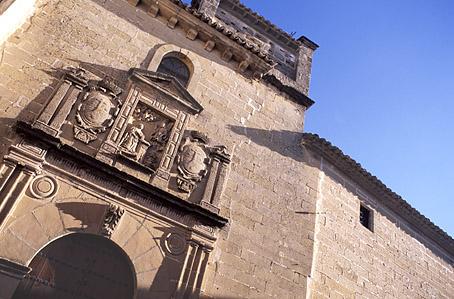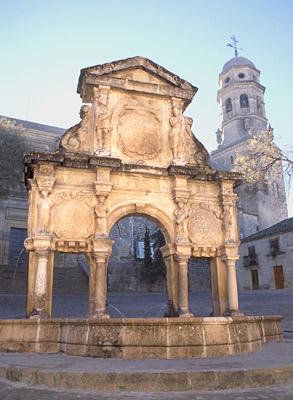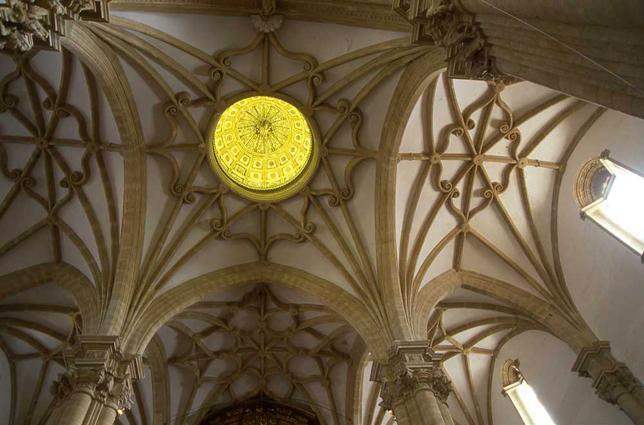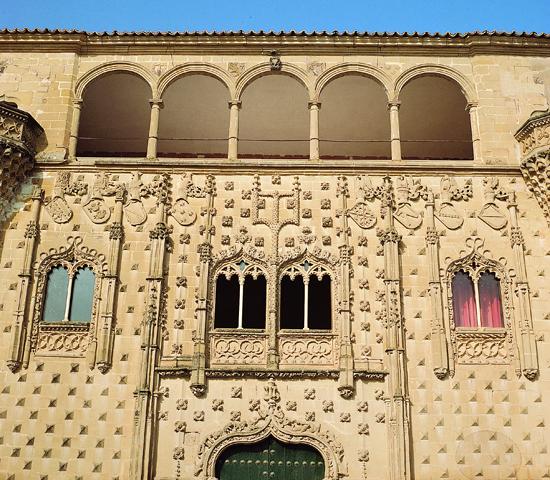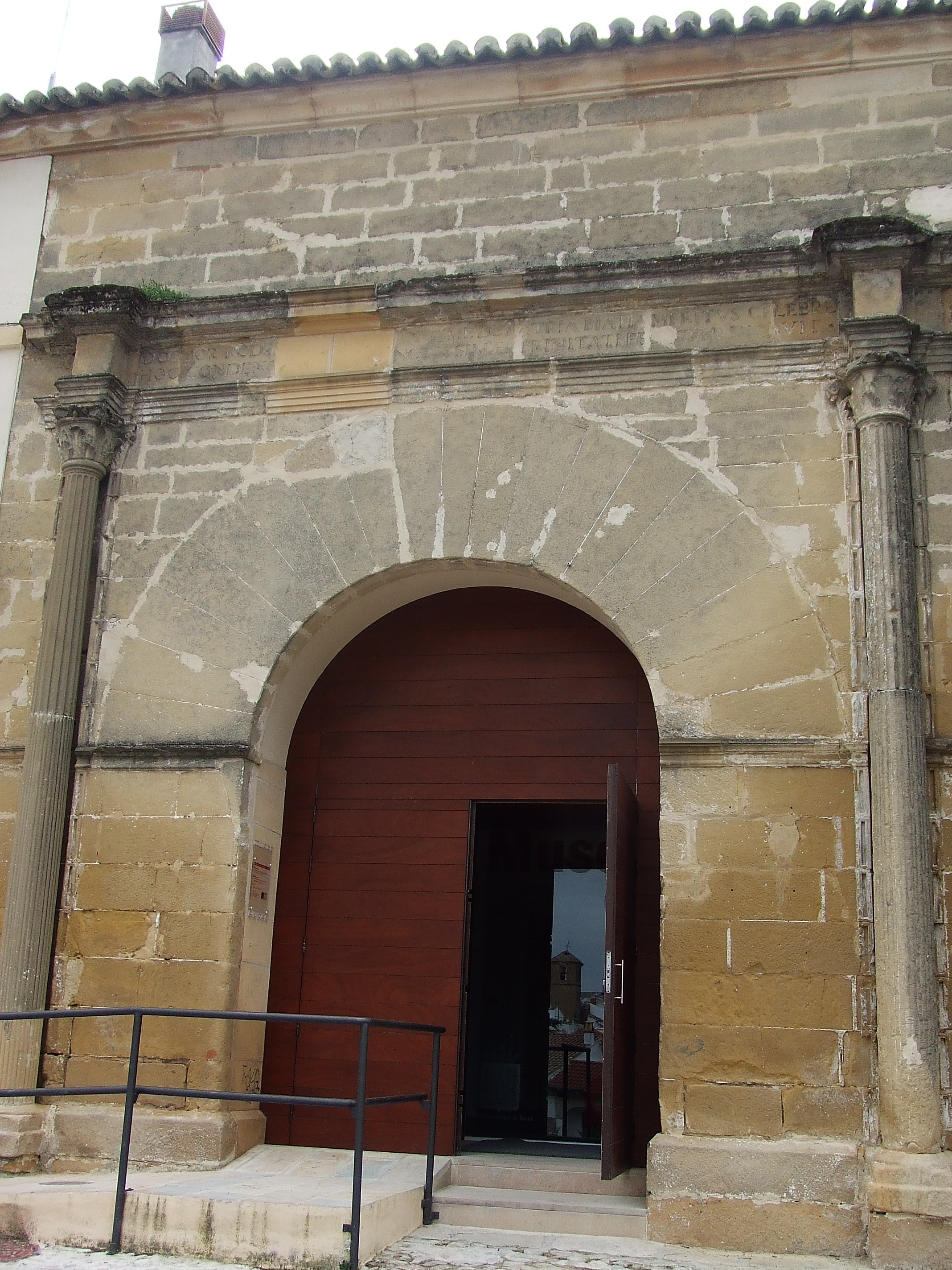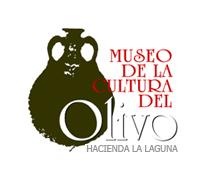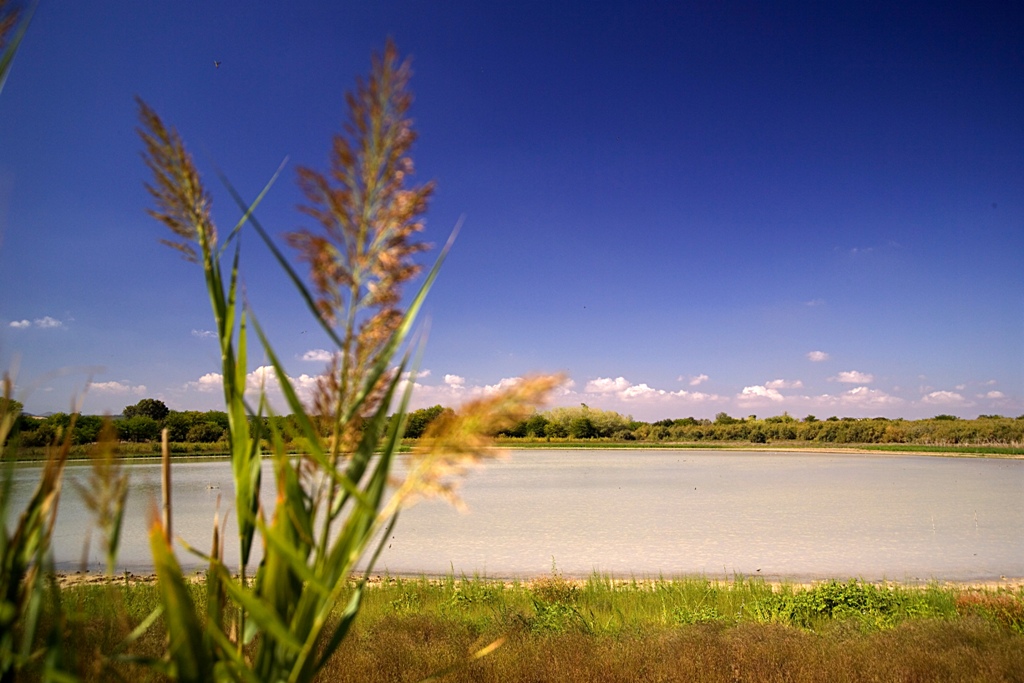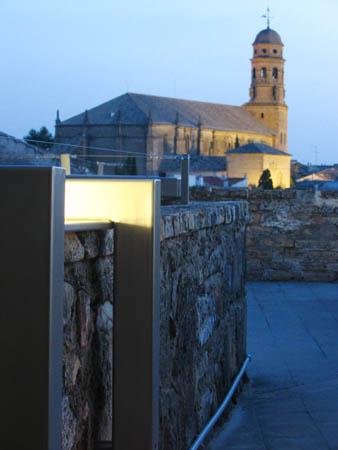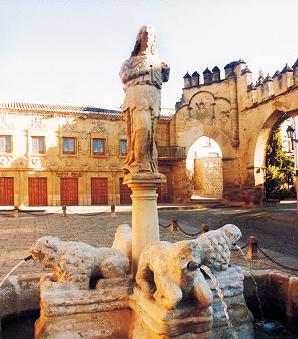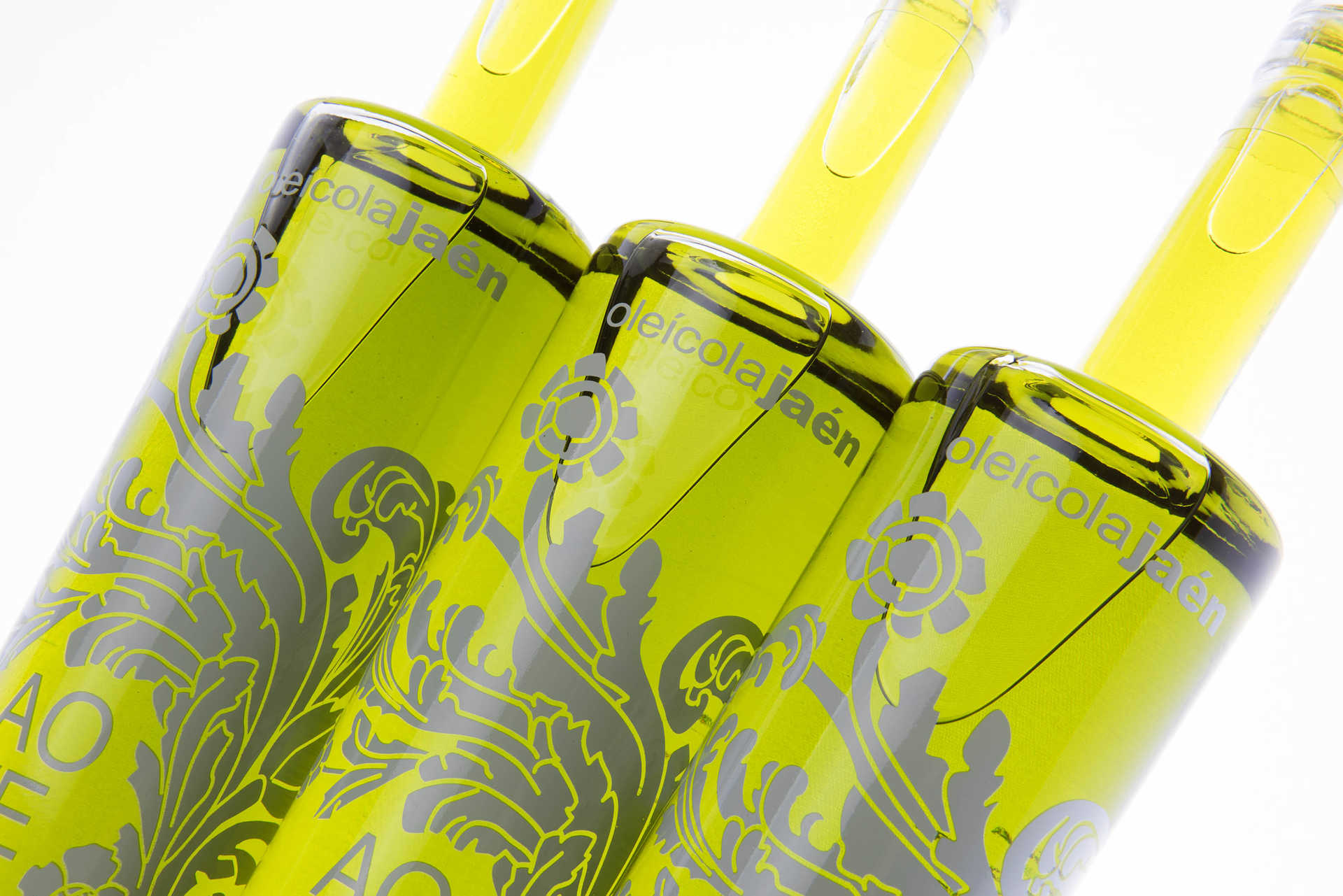Baeza
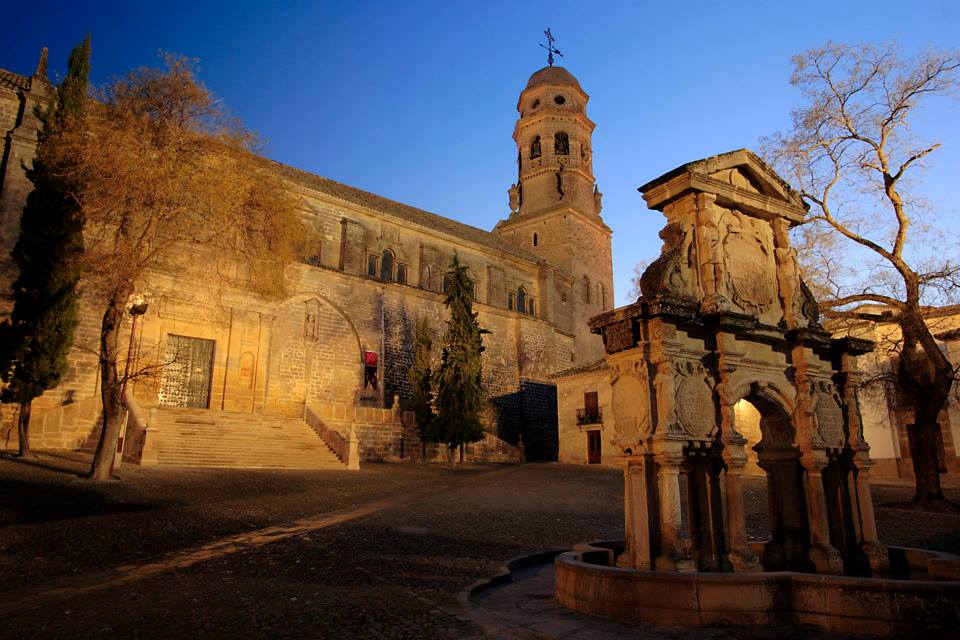
This old and illustrious city, is situated in the geographic centre of the province, near the Guadalquivir river, in a landscape of fertile lands rich in vegetable and cereal fields and olive groves. Within its district we can find the Laguna Grande natural beauty spot, of great ecological importance and the largest in the province..
A calm and tranquil city, of almost Castilian appearance, of outstanding beauty, housing an architectural treasure difficult to find elsewhere. A city where the Renaissance shows all its splendour, a city which inspired Antonio Machado and which offers unforgettable sights around every corner: palaces and churches alongside white houses, façades, porticoes, towers, squares and fountains.
A place to visit and enjoy, where we must highlight the Plaza del Pópulo Square, the Town Hall, Santa Maria Square, the Cathedral, the Palace of Jabalquinto, the Puerta de Úbeda, the Old University, the Palace of the Majorada family, the Convent of San Francisco, the Church of Santa María del Alcázar and San Andres, the Church of Santa Cruz, the Church of San Pablo and the Convent of la Encarnación among others.
History
The city is a treasure of artistic and historic riches. Its first settlements date from very old times. Ptolemy mentions it with the name of Biatra among the Oretan villages.
It was called Biattiensis with the Visigoths.During the al-Andalus period, it was called Biesa and was capital of a kingdom.
The Christian re-conquest was carried out in 1146 by King Alfonso VII. Baeza's Code of Laws was granted.
It was conquered again by the Muslims in 1158, passing several times from Arab to Christian hands, until 1227 when it was finally conquered by King Fernando III.
In 1388 it passed to the crown. Two centuries later it played an important role in the battle for Granada.
In the 16th century it enjoyed a wide economic and cultural development thanks to its position in the centre of fertile lands rich in vegetable and cereal fields, and olive groves.
San Juan de la Cruz was here and finished his work "Cántico espiritual" (Spiritual Hymn).
During the Comunero Revolution it supported the uprising against the Emperor.
In 1810, during the War of Independence, General Castejón was taken prisoner in his battle with Napoleonic troops near Baeza.
Antonio Machado worked as a French teacher in its Secondary School.
Eminent citizens
Gaspar de Baeza, jurist.
Juan Alaminos, painter.
Custodia Romero, dancer.
Ramos Pareja, musicologist.
Rodrigo Díaz de Isla, doctor.

- Max 23
- Min 15
- Max 73
- Min 59
- °C
- °F
Events
